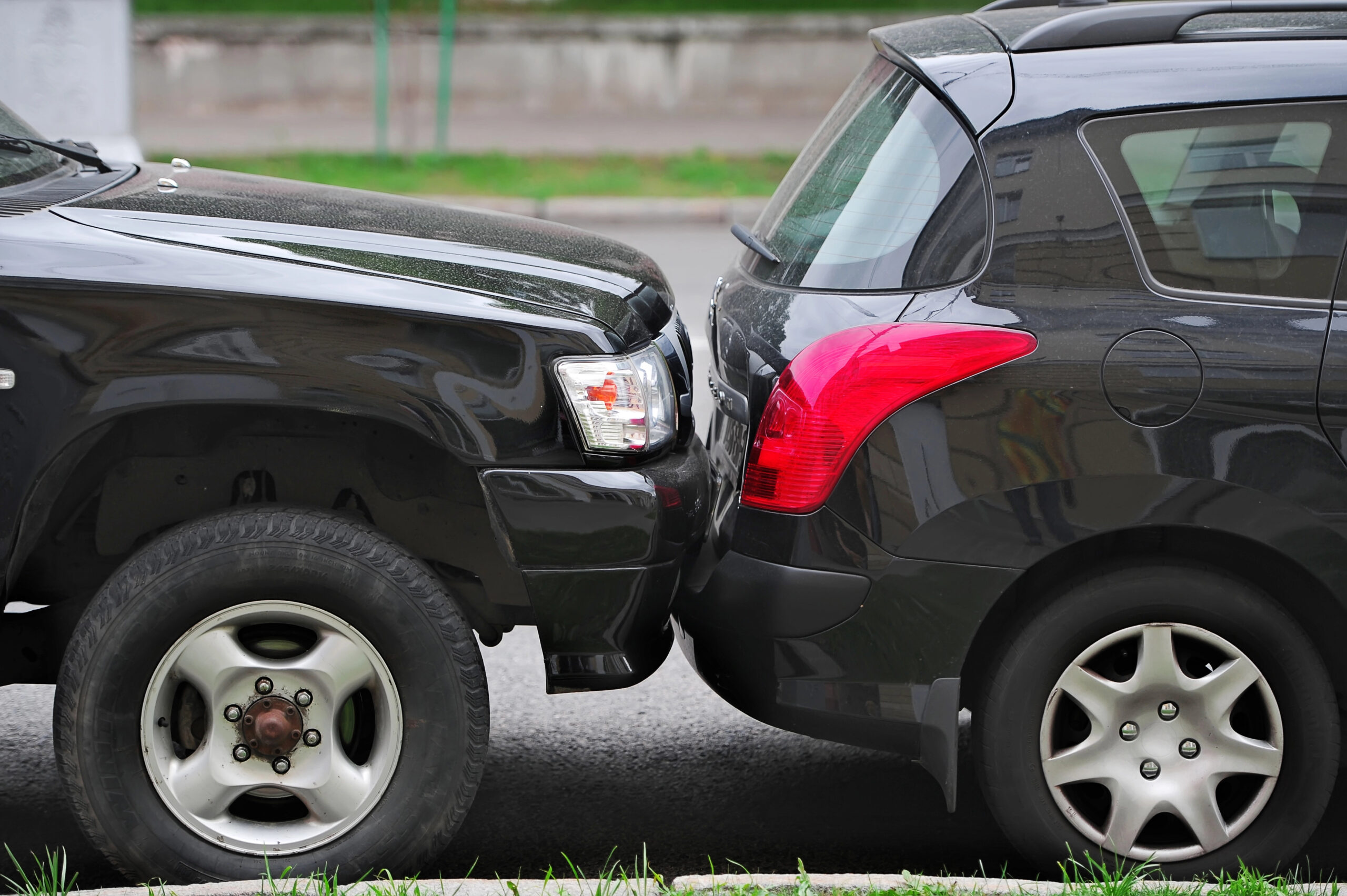Auto insurance companies offer accident forgiveness as a way to avoid a rate increase after an accident — but not State Farm. In fact, State Farm is one of the only major insurance companies that doesn’t offer any form of accident forgiveness to its policyholders.
Instead, State Farm customers can reduce the cost of car insurance coverage with safe driving discounts based on real-time data or their long-term driving record.
If you’re a State Farm policyholder (or considering buying a policy), here’s what you need to know about accident forgiveness.
How much will State Farm rates go up after an accident?
Because State Farm doesn’t offer accident forgiveness, if you do get into an accident, you can expect your insurance rate to rise — especially if you were at fault.
Exactly how much your State Farm car insurance premiums will increase depends on various factors, including the nature of the accident, the degree of fault, injuries, and your driving record.
But you won’t have to pay those higher rates forever — at least if you can keep your record clean after the accident. In general, a car accident only stays on your driving history for three to five years, after which it won’t affect your insurance rates. However, these policies vary by state. Check with your Department of Motor Vehicles for more details.
Other insurance companies with accident forgiveness
State Farm may not have accident forgiveness, but many competitors, such as Allstate, Farmers, and Geico, do. In some cases, this perk is an optional add-on. In other cases, it’s added to your policy automatically once you reach the eligibility threshold (typically three to five years with no accidents or insurance claims).
If you’re looking for an insurance provider that offers accident forgiveness, compare at least three car insurance quotes from different companies before settling on a policy.
What to do if your State Farm rate goes up
If your State Farm rate has increased after an accident, consider adjusting your coverage limits, raising your deductible, or looking into discounts to account for the temporary rate increase.
Coverage limits
For instance, check if your policy includes full coverage, which generally consists of comprehensive, collision, and any state-mandated coverage, such as liability insurance. If you have full coverage insurance, you may be able to drop some coverage or opt for a lower limit. Just be sure you’re meeting your state’s requirements for bodily injury and property damage liability, along with any other required coverage such as uninsured motorist coverage.
If you have full coverage, raising your comprehensive or collision deductible can temporarily reduce your policy’s monthly cost.
Good driver discounts
Although State Farm doesn’t offer accident forgiveness, practicing good driving habits could still help you save money. Here are a few of the safe driver discounts State Farm offers:
- Good driver: New customers who have gone three years without at-fault accidents or moving violations (including speeding tickets) qualify for a discounted rate.
- Accident-free: Existing State Farm customers who maintain an accident-free record can get a discount on their premium.
- Drive Safe and Save: State Farm’s usage-based telematics program allows insurance agencies to track customers’ driving habits in return for savings.
- Steer Clear®: Drivers under 25 (or new drivers) can complete safe driving modules in exchange for a discounted rate on coverage.
- Defensive driving: Depending on your state, you may be able to take a defensive driving course in exchange for a discount. Talk to a State Farm agent to find out about your options.
Loyalty discounts
State Farm also offers loyalty discounts to customers who bundle multiple insurance products (such as auto and renters or auto and homeowners insurance) or those who insure multiple vehicles with State Farm.
The bottom line
State Farm might not offer accident forgiveness, but policyholders can improve their rates by maintaining safe driving habits. If you get into an accident with State Farm coverage, you’ll see a temporary increase in your premium — but with some smart insurance hacks, you can lower that rate to keep the coverage you need.








